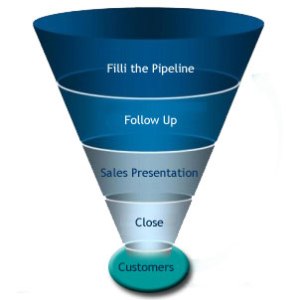Marketing should bring in business dollars, right? Wrong. Marketing is accountable for the following:
- Increase brand awareness for purchase consideration (remember, it takes 4-6 times for someone to see an ad before they even click on a website or call a business for more information).
- Bringing in leads for follow-up from an internal sales team or an outside lead management vendor.
That’s it. That’s the beginning and end of marketing 1.0. Now, if we are talking marketing 2.0/value-adds then we would include:
- Public relations to assist with brand awareness in the form of earned coverage and backlinks for good SEO.
- Sales support to integrate marketing activity with sales to close deals.
Since I’ve covered public relations in a few blogs previously, let’s talk a sales support program. Before we get to the details, it’s important to distinguish between marketing and sales. If you don’t do this then clients will constantly ask why your marketing activities aren’t producing sales.
A few statistics from Hubspot.com and then let’s jump into the sales support program deets:
- 44% of salespeople give up after one follow-up.
- 80% of sales require five follow-ups.
- If you follow up with web leads within 5 minutes, you’re 9 times more likely to convert them.
- 63% of people requesting information on your company today will not purchase for at least three months – and 20% will take more than 12 months to buy.
- 50% of leads are qualified but not yet ready to buy.
- Nurtured leads make 47% larger purchases than non-nurtured leads.
- Companies that automate lead management see a 10% or greater increase in revenue in 6-9 months.
- 25% of marketers who adopt mature lead management processes report that sales teams contact prospects within one day. Only 10% of marketers report the same follow-up time without mature lead management processes.
I ended with the last stat for a reason. Now let’s really jump into what a sales support program entails:
- A sales standard operating procedure. Who’s going to do what? What is the protocol for each person? Most important, what’s the step-by-step process for following up with a lead by phone and then by email?
- A regular sales script that reads clearly, hits all your brand’s selling points, makes your brand appealing and makes this opportunity seem like something that can’t be passed up.
- An email template for following up with leads when they don’t answer the phone that drives traffic back to your website, and encourages sign-up for e-mail newsletter.
- An excel spreadsheet tracking the following: first name, last name, address, phone number, email, how the lead came in (what marketing activity brought them in?) and if the lead became turned into a sale.
- Cost-per-lead. Let your sales team, staff or lead management vendor know how much you are paying for each lead, so there is accountability.
- Put a sales performance program in place to encourage and motivate employees to want to put their best foot forward. You won’t need to do this for a vendor, because they will be pretty expensive ($2,000-$5,000 per month).
There’s more to a sales support program than this, but this is going to get a business or brand started. It’s not something that takes a lifetime to put in place, but you definitely need a strategy and plan to lay the foundation and focus to continue building on it.
As a marketer, I’ve started offering this service, and I have been successful in implementing programs like this for a few clients. I personally speak to the success of programs like this, and I can tell you that unless you have a program like this in place money will be spent on marketing leads that will never convert to sales.
Sign-up for my free marketing audit now:

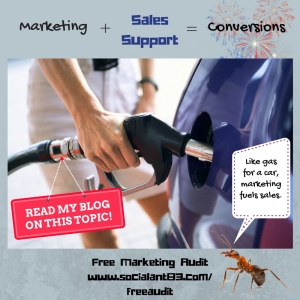
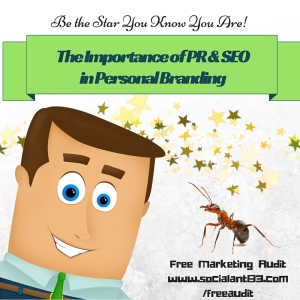

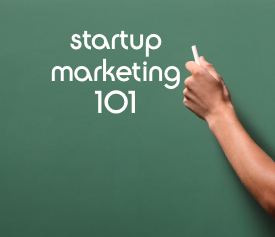 Flat-out: start-ups won’t succeed without having strong marketing and PR programs in place to support product/s and the business (translation: limited to no customer/client acquisition).
Flat-out: start-ups won’t succeed without having strong marketing and PR programs in place to support product/s and the business (translation: limited to no customer/client acquisition).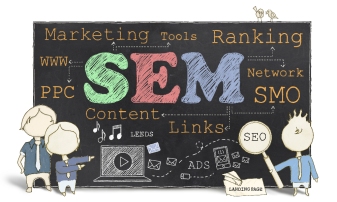 I don’t need to tell marketers and small business owners what they already know: You’re so busy that you barely have time to blink before something else gets slopped on your plate in a manner messier than the old cafeteria lunch lady.
I don’t need to tell marketers and small business owners what they already know: You’re so busy that you barely have time to blink before something else gets slopped on your plate in a manner messier than the old cafeteria lunch lady.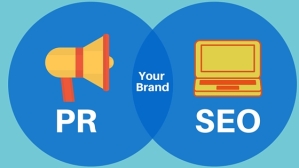 SEO and PR are best buds. Boo’ed up. They got a dog together. They have rings picked out.
SEO and PR are best buds. Boo’ed up. They got a dog together. They have rings picked out.